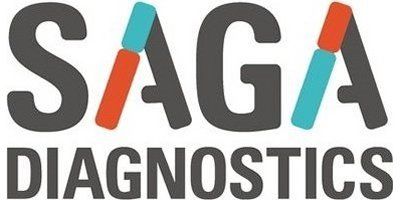

- Home
- Companies
- SAGA Diagnostics AB
- News
- SAGA expands research collaboration ...
SAGA expands research collaboration with University College London Cancer Institute
SAGA Diagnostics AB, a cancer liquid biopsy and genomic testing company focused on precision oncology and non-invasive ultrasensitive monitoring of cancer patients, today announced an expanded research collaboration with Professor Charles Swanton, at the University College London (UCL) Cancer Institute.
Last year, SAGA and UCL entered into a research collaboration on a limited number of patients. With the newly signed agreement, SAGA will utilize its proprietary ultrasensitive SAGAsafe assays for detection of a panel of mutations in EGFR and other genes and perform analyses on several hundred clinical tissue samples from the Cancer Research UK-funded UCL-sponsored TRACERx* and PEACE** studies. The TRACERx study focuses on cancer evolution in lung cancer patients and tracking the evolutionary trajectory of the disease from diagnosis through to relapse. The PEACE study accepts post-mortem tissue donation for comprehensive cancer research with the aim to benefit future patients.
SAGAsafe is a patented improvement of digital PCR that enables approximately 100-fold increased sensitivity compared to competitor methods, and can be used to quantify mutations in tissue samples as well as liquid biopsies such as blood plasma with unprecedented performance. The analyses will be run in the SAGA Diagnostics central laboratory in Lund, Sweden.
SAGAsafe is part of a portfolio of ultrasensitive technologies, which also includes SAGAsign® for personalized monitoring of cancer burden and minimal residual disease (MRD) using chromosomal rearrangements, as well as novel technologies in development. SAGA offers both off-the-shelf analysis services and kits as well as custom-tailored solutions to fit customers’ needs. SAGA’s molecular tools are being used in clinical trials and hospitals for detecting actionable mutations, monitoring treatment response, measuring minimal residual disease, and identifying resistance mechanisms to help direct therapy.
